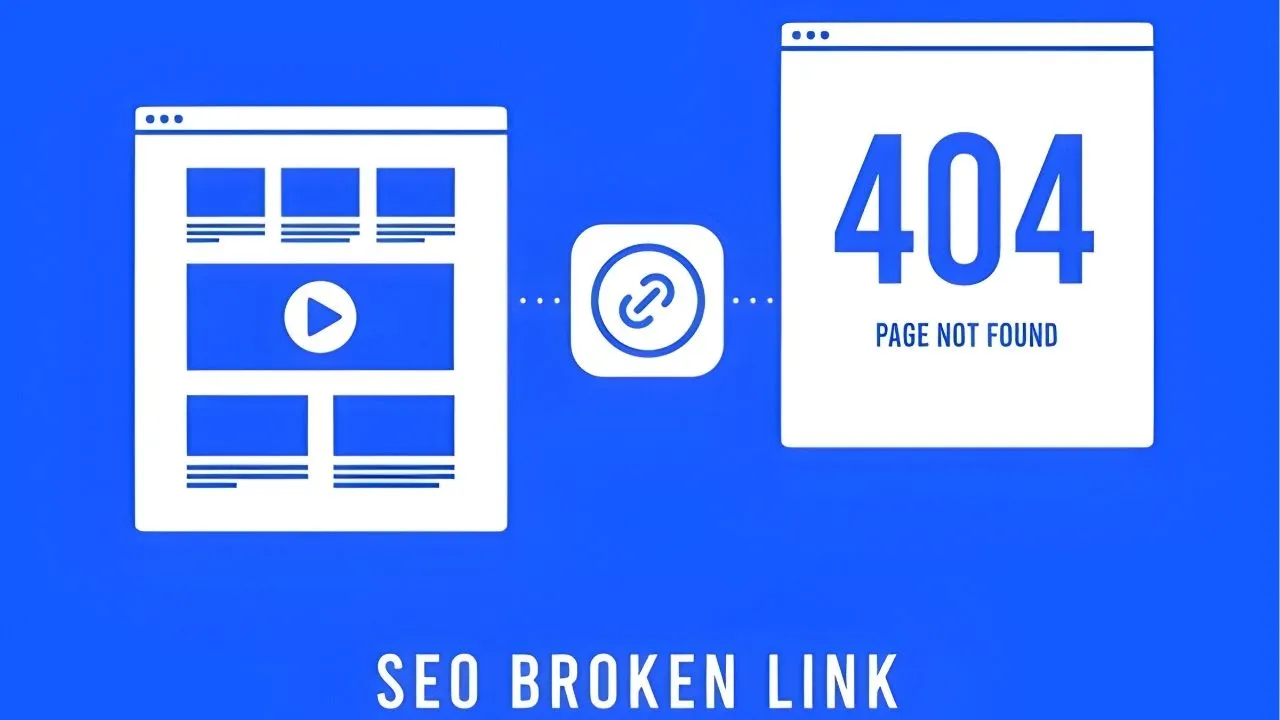
Table of Contents
Broken links can significantly impact your website’s user experience and SEO performance. Understanding what broken links are and how to address them is crucial for maintaining a healthy and efficient website.
In this article, we will explore what broken links are, the negative effects they can have, and practical steps to find and fix them.
What are Broken Links?
1. Definition:
- Broken links, also known as dead links, are hyperlinks that no longer lead to their intended destination. When clicked, these links typically result in an error message such as "404 Not Found."
2. Common Causes of Broken Links:
- Moved or Deleted Pages: Pages that have been moved or deleted without proper redirects.
- Incorrect URL: Typos or incorrect URL structures in the hyperlink.
- Changes in Domain: Websites change their domain name without updating all the internal links.
- External Websites Going Offline: Linked external sites that are no longer available or have removed the linked content.
Why Broken Links Matter
1. Negative User Experience:
- Broken links frustrate users, leading to a poor user experience. Visitors encountering dead links may leave your site, increasing your bounce rate.
2. Impact on SEO:
- Search engines view broken links as a sign of poor site maintenance. Multiple broken links can negatively affect your site's crawlability and indexing, ultimately impacting your search engine rankings.
3. Loss of Credibility:
- Websites with numerous broken links appear unprofessional and unreliable. Maintaining working links is crucial for building and retaining user trust.
How to Find Broken Links
1. Use Online Tools:
- Google Search Console: Provides detailed reports on crawl errors, including broken links.
- Screaming Frog SEO Spider: A desktop program that crawls websites and identifies broken links.
- Online Broken Link Checker Tools: Free and paid tools like Dead Link Checker, Ahrefs, and SEMrush can help you find broken links on your website.
2. Manual Checking:
- Regularly review your website content and test hyperlinks manually to ensure they lead to the correct destinations.
3. Browser Extensions:
- Extensions, like Check My Links for Chrome, can quickly scan web pages and highlight broken links for easy identification.
How to Fix Broken Links
1. Redirect to Relevant Pages: Set up 301 redirects for broken links that should point to a different but relevant page. This ensures users are redirected to appropriate content and helps retain link equity.
2. Update Incorrect URLs: Correct any typos or errors in the URLs of broken links to restore functionality.
3. Remove or Replace Dead Links: If a page no longer exists and there’s no relevant replacement, remove the link or find an alternative resource to link to.
4. Regular Site Audits: Conduct regular audits of your website to identify and address broken links promptly. Use automated tools to streamline this process.
5. Monitor External Links: Keep track of external links and update or remove them if the linked content is no longer available or relevant.
Conclusion
Broken links can harm your website's user experience, SEO performance, and credibility. Regularly finding and fixing broken links is essential for maintaining a well-functioning and professional site.
By using the right tools and practices, you can ensure your website remains accessible, user-friendly, and optimized for search engines.
Ensure Your Website is Free of Broken Links!
Is your website suffering from broken links? Softhat IT Solutions offers comprehensive website maintenance and SEO services to help you identify and fix broken links, ensuring a seamless user experience and optimal search engine performance. Contact us today to learn how we can help you maintain a healthy website.
